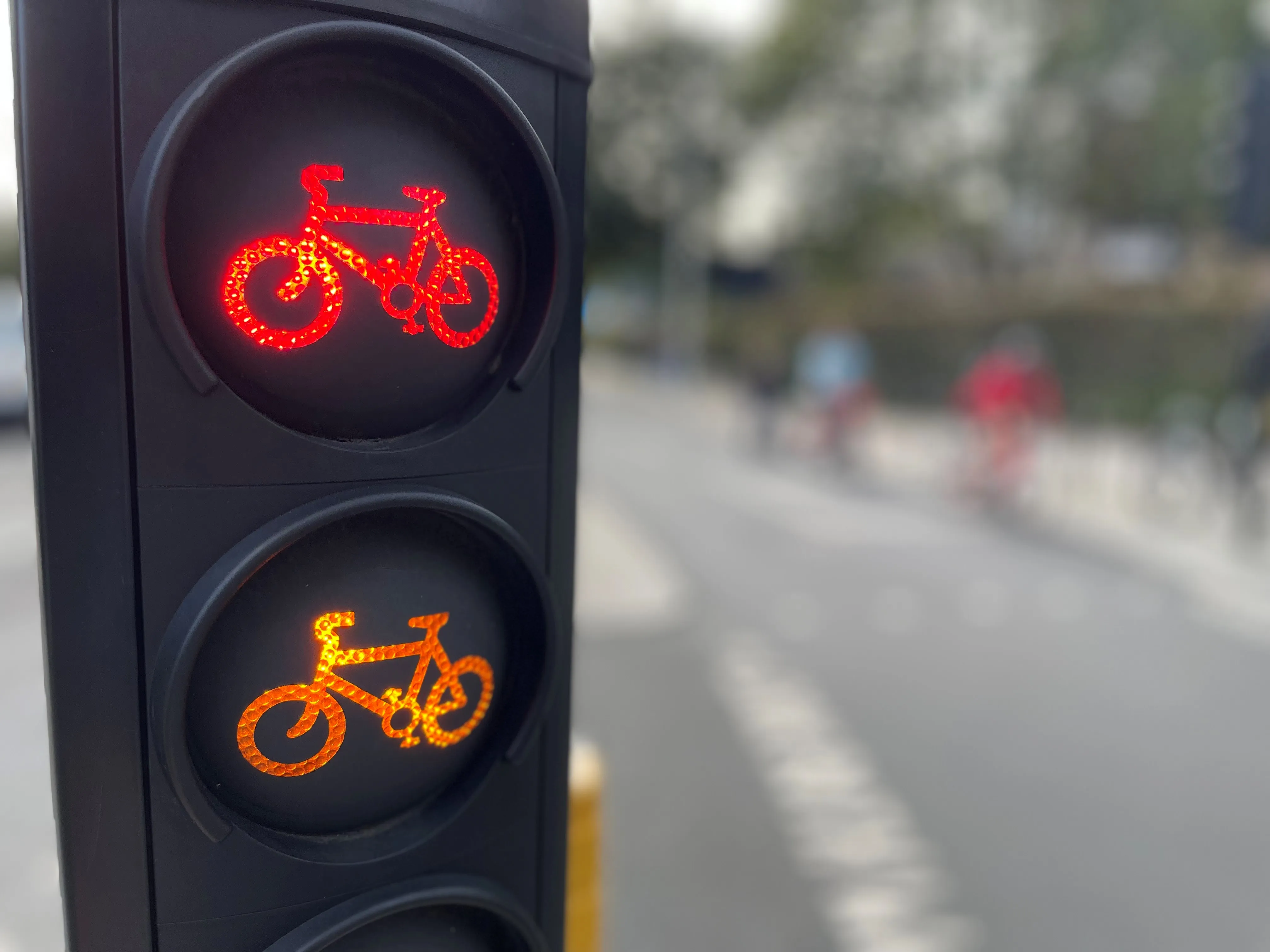Launched in October 2011, Transport for London’s Countdown real time bus information service has proven extremely popular. The latest research shows that around 830,000 bus journeys made in London each day are informed by live bus arrival information. Building on this success, TfL has developed a new way of delivering live bus arrival information to a range of public locations, such as hospital waiting rooms or shopping centre foyers. This means that real time bus arrival information can be provided to pa
April 17, 2013
Read time: 2 mins
Launched in October 2011, 1466 Transport for London’s Countdown real time bus information service has proven extremely popular. The latest research shows that around 830,000 bus journeys made in London each day are informed by live bus arrival information.
Building on this success, TfL has developed a new way of delivering live bus arrival information to a range of public locations, such as hospital waiting rooms or shopping centre foyers. This means that real time bus arrival information can be provided to passengers who may not have access to the internet, a mobile or smart phone or a bus stop with a Countdown dot matrix sign.
The technology is delivered at the request of a business or organisation, using their existing IT equipment and displayed on their display screens or televisions. Designed to be self installed, TfL will supply bus arrival information tailored to their specific location via a special URL.
These digital signs are currently being trialled at four areas of the capital and, as
Simon Reed, Head of Technical Services Group at London Buses, said: “The trial of these new digital signs is a further example of how we are helping our passengers make the most of London’s extensive bus service. We hope that these new signs will help passengers to access real time bus arrival information, in some cases for the first time, at a variety of locations away from the bus stop.”
Customer research will be conducted to evaluate how well the signs have been used and to refine the service provided. In the future it is possible that the information could be displayed at a variety of customer focused locations.
Building on this success, TfL has developed a new way of delivering live bus arrival information to a range of public locations, such as hospital waiting rooms or shopping centre foyers. This means that real time bus arrival information can be provided to passengers who may not have access to the internet, a mobile or smart phone or a bus stop with a Countdown dot matrix sign.
The technology is delivered at the request of a business or organisation, using their existing IT equipment and displayed on their display screens or televisions. Designed to be self installed, TfL will supply bus arrival information tailored to their specific location via a special URL.
These digital signs are currently being trialled at four areas of the capital and, as
Simon Reed, Head of Technical Services Group at London Buses, said: “The trial of these new digital signs is a further example of how we are helping our passengers make the most of London’s extensive bus service. We hope that these new signs will help passengers to access real time bus arrival information, in some cases for the first time, at a variety of locations away from the bus stop.”
Customer research will be conducted to evaluate how well the signs have been used and to refine the service provided. In the future it is possible that the information could be displayed at a variety of customer focused locations.









